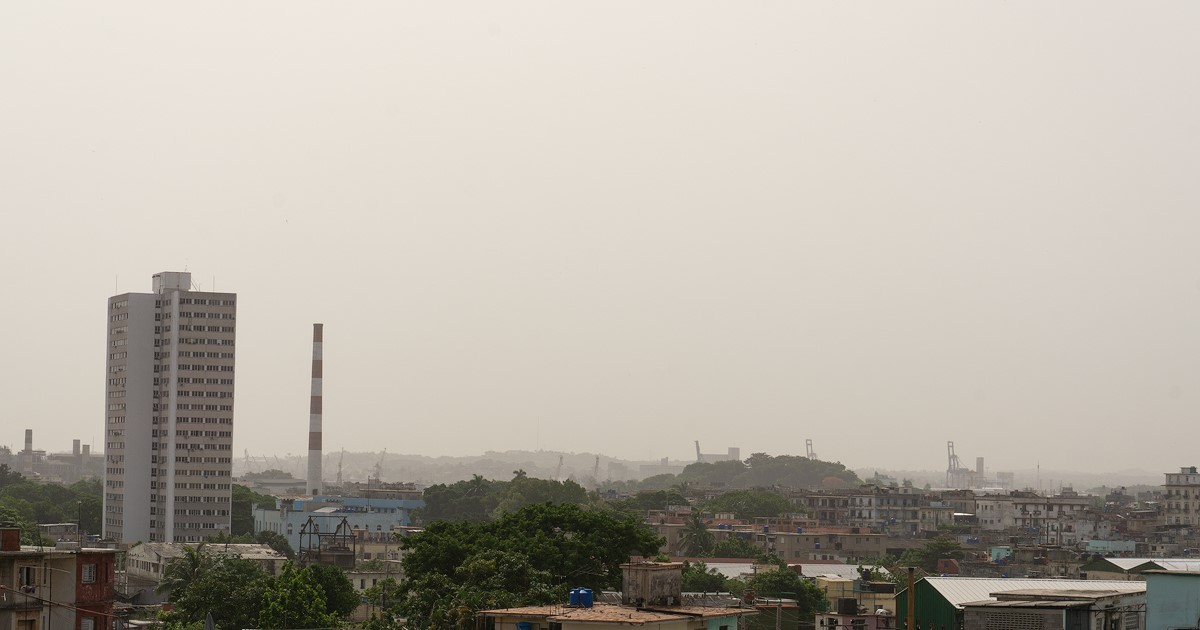
Specialists warn that this weekend, the state of Florida in the U.S. and countries in the Gulf of Mexico region will be affected by the arrival of Saharan dust.
Matt Devitt, a meteorologist at Penn State University, reported on Facebook that the arrival of Saharan dust is expected by the end of this week, impacting the region throughout the weekend.
Among the negative consequences of this phenomenon, the specialist warned about the deteriorating air quality, which can worsen respiratory conditions, as well as overcast skies and rain mixed with dust.
He also mentioned that the occurrence of storms is decreasing, although they could become stronger.
He indicated that the feeling of heat intensifies, and that the dust can carry bacteria, which could lead to algal blooms such as red tide.
However, he also pointed out some effects that can be considered beneficial. Among them, he mentioned that Sahara dust weakens tropical systems and reduces activity due to its dry air layer, which contains 50% less moisture.
Additionally, it was emphasized that the iron carried by the dust helps to fertilize the soil and nourishes phytoplankton in the ocean, which is crucial for the release of oxygen into the atmosphere.
Devitt explained that most of the dust is present at altitudes between 5,000 and 15,000 feet in the atmosphere and travels over 5,000 miles across the Atlantic.
He emphasized that it is not a new phenomenon, but modern technologies allow for its detection and prediction with greater accuracy.
He also noted that, on average, over 180 million tons of dust are carried from Africa each year.
The Sahara dust is a phenomenon that has affected Cuba and other nations in the region on several occasions.
On previous occasions, the Ministry of Public Health (MINSAP) of Cuba has issued a series of recommendations to protect the population, which include the use of face masks or nasobucos.
It has also advised avoiding unnecessary exposure to pollution, particularly among more vulnerable individuals: the elderly, pregnant women, children, and patients with chronic respiratory diseases.
Filed under: